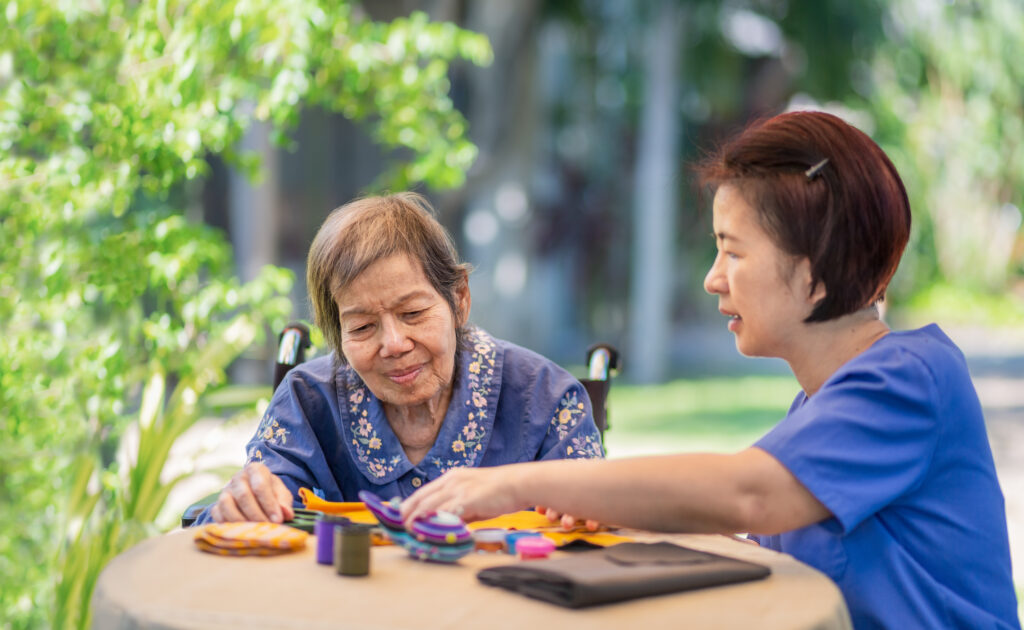**Collaborative Global Initiatives Transforming Alzheimer’s Research**
Alzheimer’s disease, a condition that affects millions worldwide, has long been a challenge for medical researchers. However, recent years have seen a significant shift in how we approach this disease, thanks to collaborative global initiatives. These efforts are not only advancing our understanding of Alzheimer’s but also bringing hope for better treatments and improved care.
### The Davos Alzheimer’s Collaborative
One of the pioneering initiatives is the Davos Alzheimer’s Collaborative (DAC). Launched in 2021 by the World Economic Forum and the Global CEO Initiative on Alzheimer’s Disease, DAC aims to cure Alzheimer’s and improve brain health globally. Unlike previous research that mainly focused on traditional Western European populations, DAC is extending its reach to the highly diversified populations of the Global South, where the majority of those with Alzheimer’s live. By introducing lower-cost screening and diagnostic tools, as well as new treatment and prevention modalities in primary care and community health settings, DAC is driving implementation of health system solutions that can be applied worldwide[1][4].
### Global Collaboration and Research
DAC is not alone in its efforts. Other global collaborations are also making significant strides. For instance, the European Brain Council, the Global CEO Initiative on Alzheimer’s Disease, the Associazione Italiana Malattia di Alzheimer, and Fondazione Prada recently convened global leaders to address the escalating global challenge of Alzheimer’s and dementia. This meeting led to a bold call to action: advancing global collaboration on Alzheimer’s disease, brain health, and healthy aging[1].
### Advances in Alzheimer’s Research
Research into Alzheimer’s disease has made several exciting advancements. Treatments for early-stage Alzheimer’s are being developed, and there is a focus on managing behavioral symptoms like agitation and psychosis. Blood-based biomarker tests are also being developed, promising a simpler and faster way to diagnose and monitor Alzheimer’s[2].
### Emerging Trends in Alzheimer’s Research
The 17th annual Human Amyloid Imaging (HAI) conference highlighted the growing synergy between PET imaging specialists and biomarker developers. PET imaging plays a critical role in diagnosing and monitoring Alzheimer’s by capturing amyloid and tau deposition dynamics. However, there is an increasing interest in integrating blood-based biomarkers into imaging studies to enhance understanding of disease pathology and progression[5].
### Local Initiatives and Community Engagement
Local initiatives like the Texas Alzheimer’s Research and Care Consortium (TARCC) are also contributing significantly. TARCC brings together researchers from various institutions to discuss the latest on Alzheimer’s disease and related work. Their symposium featured keynote speaker Stephen Waring, who discussed leveraging precision medicine, AI, and digital health to prevent Alzheimer’s disease. This kind of community engagement not only fosters collaboration but also ensures that research is relevant to the needs of those affected by the disease[3].
### Conclusion
The collaborative global initiatives in Alzheimer’s research are reshaping the landscape of this complex disease. By extending research to diverse populations, introducing innovative diagnostic tools, and focusing on early-stage treatments, these efforts are bringing hope for better outcomes. As we move forward, it is clear that a sustained global response is crucial to addressing the escalating challenge of Alzheimer’s and dementia. With continued collaboration and innovation, we may be on the brink of major breakthroughs in the fight against Alzheimer’s disease.



